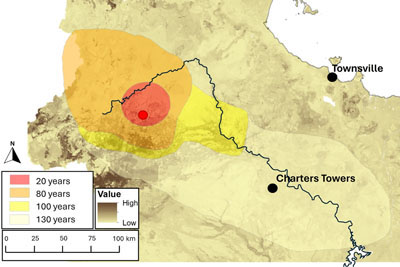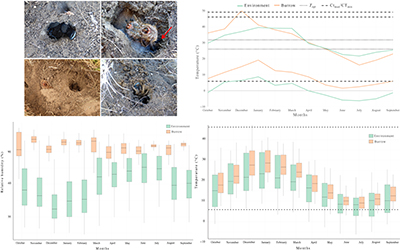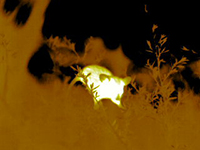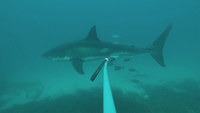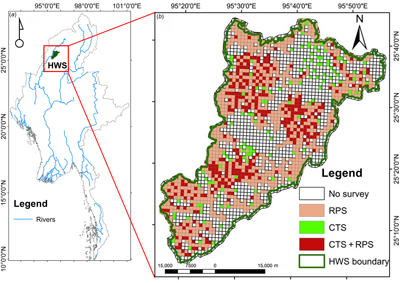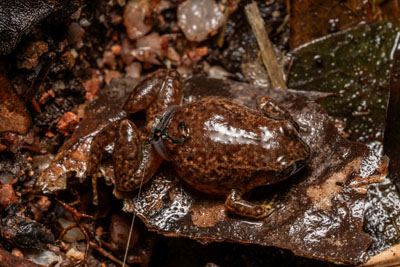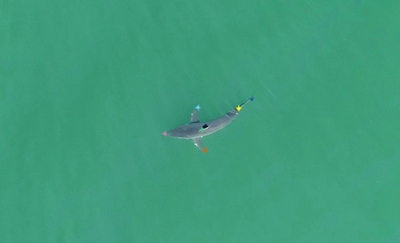After their introduction to north Queensland, Australia, chital deer have increased in number and distribution, causing negative social and economic impacts. This study investigated chital deer habitat use on two scales (local and regional) and found that soil phosphorus content was positively correlated with chital densities at both scales. Image created by authors.
WR24173 Abstract | WR24173 Full Text | WR24173PDF (2.1 MB) | WR24173Supplementary Material (397 KB) Open Access Article




